T HE
I SLE OF W IGHT
B OOK
OF
D AYS
J AN T OMS

First published in 2014
The History Press
The Mill, Brimscombe Port
Stroud, Gloucestershire, GL5 2QG
www.thehistorypress.co.uk
This ebook edition first published in 2014
All rights reserved
Jan Toms, 2014
The right of Jan Toms to be identified as the Author of this work has been asserted in accordance with the Copyright, Designs and Patents Act 1988.
This ebook is copyright material and must not be copied, reproduced, transferred, distributed, leased, licensed or publicly performed or used in any way except as specifically permitted in writing by the publishers, as allowed under the terms and conditions under which it was purchased or as strictly permitted by applicable copyright law. Any unauthorised distribution or use of this text may be a direct infringement of the authors and publishers rights, and those responsible may be liable in law accordingly.
EPUB ISBN 978 0 7509 5699 4
Original typesetting by The History Press
CONTENTS
 JANUARY 1ST
JANUARY 1ST 
1900: On the first day of a new century, from her drawing room at Osborne House, Queen Victoria sat down to record her thoughts. I begin today a New Year and a new century, full of anxiety and fear of what may be before us! May all near and dear ones be protected. I pray that God may spare me yet a short while for my children, friends and dear country The queen had reason to feel less than optimistic. As the year opened, Britain was caught up in the Boer Wars where upwards of 50,000 people perished, including her grandson Prince Christian Victor of Schleswig-Holstein who died of enteric fever. In the Far East, the Boxer Rebellion smouldered but, on a more positive note, Victoria made an historic visit to Dublin and an increasingly rare visit to London. Apart from these excursions she remained at Osborne House. The death from cancer of her second son Alfred, Duke of Edinburgh was a devastating blow. The queen, to date the longest reigning British monarch, now plagued with arthritis, was to survive for another year and three weeks. (Queen Victorias Journals, January 1st 1900)
 JANUARY 2ND
JANUARY 2ND 
1792: Todays Hampshire Chronicle gave notice of the forthcoming sale to be held on Saturday 7th at the Green Dragon Inn, Newport. It was advertised in the following terms:
All that complete, new-built and commodious WATER CORN-MILL known by the name of EAST MEDINA MILL, commonly called BOTANY BAY MILL, situate in the parish of Whippingham in the Isle of Wight. The building is 80 feet in length, 25 feet wide and five doors above each other with a flat roof for drying, and at present can grind 30 loads of wheat per week; and is so constructed that at a small expense it may be made capable of grinding 50 loads of wheat per week, or converted into two commodious mills No mill in the county of Hants can be better situated for business being in a plentiful corn county with the convenience of vessels of 70 tons burthen, lying close alongside the mill. For further particulars, apply Mr John Gilbert, Attorney, Newport, Isle of Wight.
The mill had been built in 1790 and possibly got its alternative name from supplying ships biscuit to the convict ships that moored nearby. On several occasions it served as a barracks and it ceased trading as a mill in 1939. A fire later caused irreparable damage and it was demolished in 1950. The site is now a marina known as Island Harbour. (Hampshire Chronicle, January 2nd 1792)
 JANUARY 3RD
JANUARY 3RD 
1891: A ball planned on this day to celebrate the appointment of Prince Henry of Battenberg as Governor of the Isle of Wight and Keeper of Carisbrooke Castle was postponed because the banqueting hall at Osborne would not be ready for some time. The day was saved when the event was transferred instead to Northwood House at Cowes. The Hampshire Telegraph reported that by going to Cowes the old traditions of entertaining royalty would be revived. As it explained: The late owner, Mr Ward had had theological rather than social tastes, and when he came into the property, shortly after his secession to the Roman Church, his first act was to obliterate the frescoes on the drawing room walls as being too Pagan to be proper in the home of a Papist gentleman. Perhaps it was with some chagrin that he learned later that they were the copy of a set within the Vatican. (Hampshire Telegraph, January 3rd 1891)
 JANUARY 4TH
JANUARY 4TH 
1853: Feelings ran high when Felix Cosgrove, a former private with the Connaught (88th) Rangers based at Parkhurst Barracks, was forcibly detained and forbidden to deliver a lecture at Ryde. Cosgrove had devoted much of his time to studying subjects of a scientific, historical and metaphysical nature and by lecturing on these themes he had raised sufficient money to buy himself out of the army. His discharge date was December 31st 1852. Leaflets had been distributed announcing the lecture, the title being Popery, and the Idolatries Practised in the Church of Rome. Cosgroves regiment, the 88th Volunteers, was a Catholic unit and the day before the lecture two soldiers, armed with muskets and fixed bayonets, called at Cosgroves lodgings and forcibly escorted him through Newport and to the orderly room at the barracks. He was ordered by his commanding officer not to give the lecture. When he questioned whose authority they acted on, he was told that a letter had been received from a Catholic in Ryde. The officer refused to give the correspondents name. An investigation was demanded into the forcible restraint of Felix Cosgrove, no longer a serving soldier, on the say-so of a priest. The army was apparently an unwilling instrument in carrying out this act. (Isle of Wight Observer, January 4th 1853)
 JANUARY 5TH
JANUARY 5TH 
1947: In good weather the Greek ship Varvassi, carrying nearly 25,000 boxes of mandarins, 438 casks of wine and various ores, ran aground on the submerged rocks about 100 yards from the Needles. The Yarmouth lifeboat immediately went to her assistance but she declined help, waiting instead for a tug to pull her free. Overnight the weather worsened; waves enveloped the ship and it was taking on water. Despite the efforts of the crew the only answer was to abandon ship. All thirty-five aboard were safely taken to Yarmouth in lifeboats. Here they received terrific kindness, being fed and clothed at the Kings Head. Mr Rupert Simpson and Mr Morris Dabell, members of local branches of the Shipwrecked Mariners Society, managed to collect enough clothing for all thirty-five crewmembers. One of the rescued men presented the ships mascot, a kitten, to the landlord of the pub. The following day some of the crew returned to the wreck to collect their belongings, including various pets. There was also concern for seven heifers on board, kept for meat during the journey. The captain refused to have them shot, and fed and watered them, returning at considerable risk on another occasion to do so, but unhappily the British authorities refused permission to bring them ashore so they were destroyed. On a happier note for local people, the boxes of fruit were brought ashore to be sold, some despatched for a knock-down price, others simply vanishing. A part of the cargo of wine (about eighty barrels) had broken free and over the next few days they were discovered floating in the sea to be picked up by local fishermen. Not all of it made its way to the customs! (
Next page

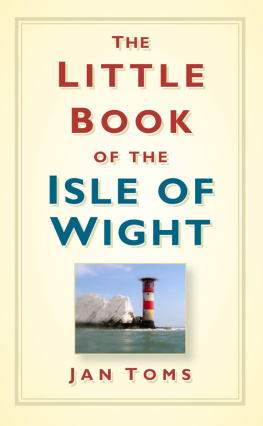
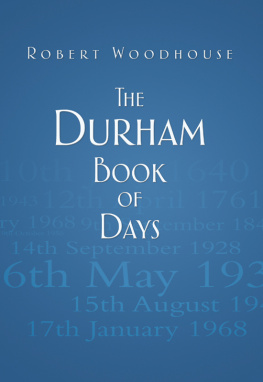
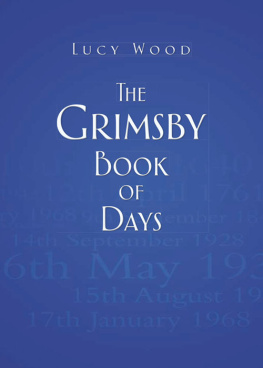
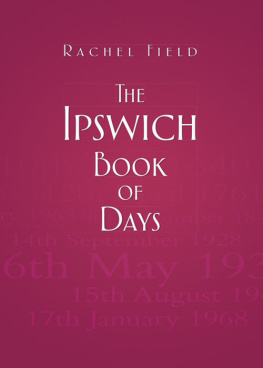
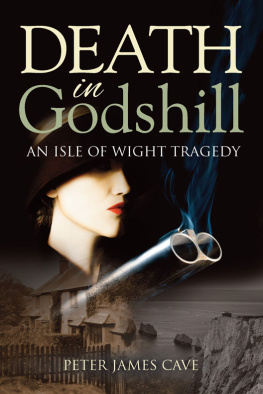

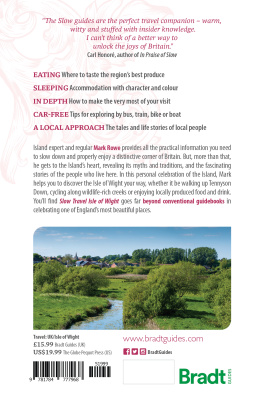


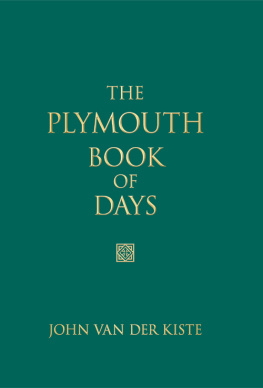



 JANUARY 1ST
JANUARY 1ST 